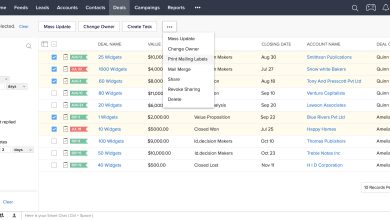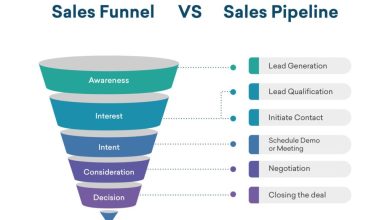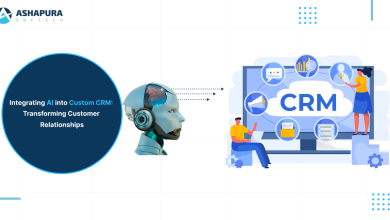Marketing Automation with CRM The Ultimate Guide to Automating Your Marketing and Sales Simplified
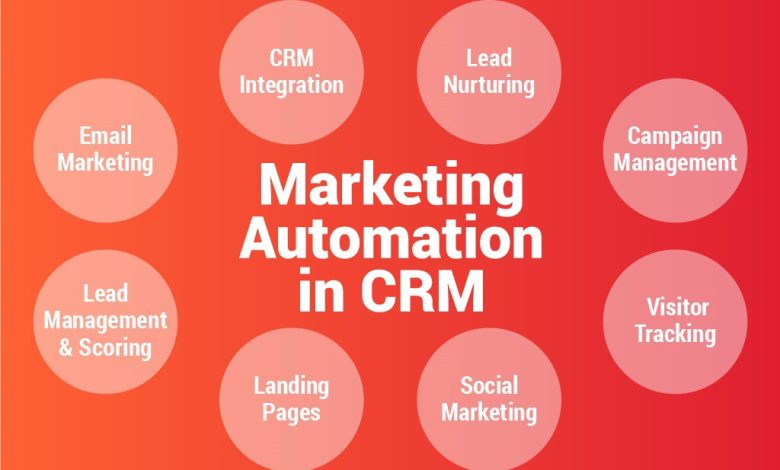
Marketing Automation with CRM: The Ultimate Guide to Automating Your Marketing and Sales introduces you to a smarter, more connected approach to driving business growth. Imagine combining the power of marketing automation tools with CRM systems, creating a seamless bridge between your marketing and sales efforts. No longer are teams working in silos—now, they’re collaborating with real-time data and workflows that engage customers at the right moments.
This guide covers everything from the fundamentals of integrating CRM with marketing automation, through key features, personalization, and analytics, all the way to best practices and industry success stories. Whether you’re just starting out or looking to refine your strategy, you’ll find actionable insights for improving lead management, customer segmentation, and campaign performance—while ensuring compliance and data security each step of the way.
Introduction to Marketing Automation with CRM: Marketing Automation With CRM: The Ultimate Guide To Automating Your Marketing And Sales
Marketing automation with CRM is a powerful combination that streamlines marketing and sales activities by leveraging customer data and automated workflows. By integrating marketing automation platforms with CRM systems, organizations can create seamless experiences for prospects and customers while maximizing efficiency and measurable results.
Marketing automation refers to the use of software and technology to automate repetitive marketing tasks such as email campaigns, audience segmentation, lead scoring, and campaign reporting. CRM, or Customer Relationship Management, is a platform for tracking and managing all company interactions with prospects and customers. The integration of these two systems enables a unified approach to customer engagement, making it easier for teams to align strategies and deliver value at every stage of the buyer’s journey.
Evolution of Marketing Automation Tools
The journey of marketing automation began with simple email marketing solutions and has evolved into robust platforms capable of handling complex multi-channel campaigns. Over the past two decades, advancements in data analytics, cloud technology, and API integrations have allowed marketing automation platforms to become closely connected with CRM systems. This evolution has made it possible for businesses of all sizes to benefit from data-driven marketing, intelligent segmentation, and automated sales handoffs.
Business Benefits of CRM-Aligned Automation
When CRM and marketing automation systems work together, businesses can:
- Increase campaign efficiency by automating repetitive tasks and communications.
- Improve lead quality through better segmentation and targeted messaging.
- Enhance collaboration between marketing and sales teams by sharing real-time customer insights.
- Shorten the sales cycle by ensuring timely follow-ups and nurturing sequences based on CRM data.
- Gain valuable analytics for data-driven decision-making.
Challenges Without Automation
Organizations that lack automation often face several obstacles:
- Manual processes that slow down campaign execution and increase human error.
- Poor alignment between marketing and sales due to siloed data and communication gaps.
- Difficulty in tracking engagement and ROI across multiple channels.
- Missed opportunities from delayed or inconsistent lead follow-up.
Core Features of Marketing Automation Platforms
Modern marketing automation platforms are packed with essential features designed to automate, personalize, and scale marketing activities effectively. These features empower marketers to run sophisticated campaigns, nurture leads, and analyze performance with minimal manual intervention.
Essential Functionalities in Automation Systems
Key functionalities include automated email marketing, lead nurturing, segmentation, campaign management, scoring models, and integrated reporting tools. By automating these tasks, marketers can focus on strategy and creativity rather than administrative duties.
| Feature | Benefits | Use Cases | Associated Tools |
|---|---|---|---|
| Lead Nurturing | Builds relationships with prospects over time | Automated drip email series | HubSpot, Marketo |
| Segmentation | Targets specific audience groups effectively | Behavior-based campaign triggers | ActiveCampaign, Salesforce Marketing Cloud |
| Campaign Management | Coordinates multi-channel outreach | Omnichannel campaign orchestration | Pardot, Mailchimp |
| Reporting & Analytics | Measures campaign impact and ROI | Performance dashboards, A/B testing | Zoho CRM, Adobe Analytics |
Standalone Automation vs. CRM-Integrated Solutions
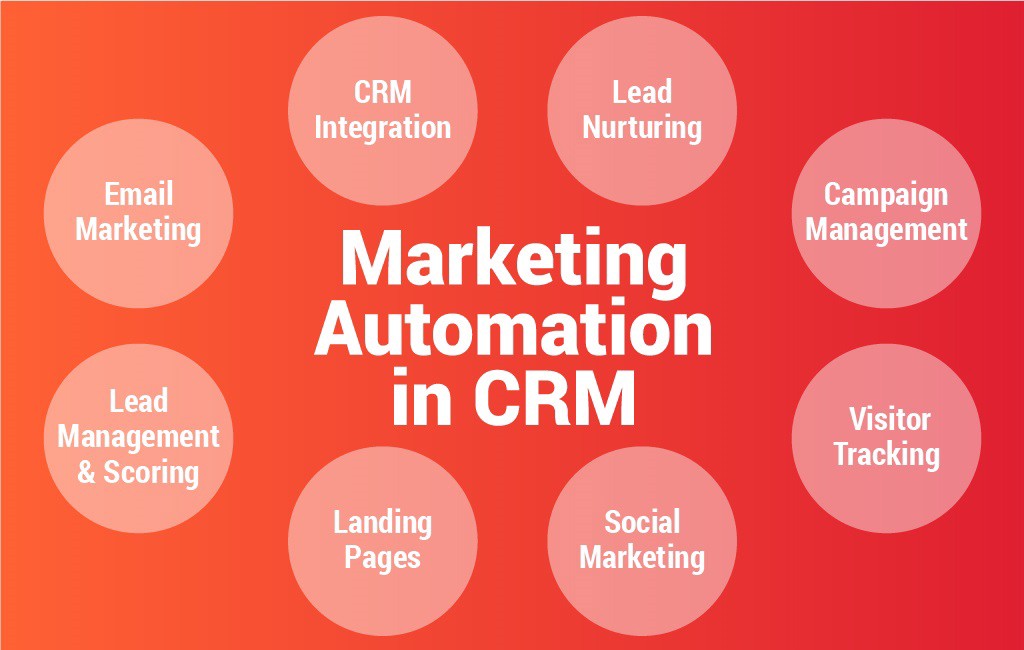
While standalone marketing automation tools offer robust capabilities, integrating them with CRM brings additional value by providing a single source of truth for customer data. CRM-integrated automation ensures better alignment between marketing and sales, enriched customer profiles, and smoother handoffs. In contrast, standalone tools may lead to data silos and manual data transfers, reducing overall efficiency.
Common Workflow Examples in Modern Marketing
Automation workflows often include multi-step processes such as:
- Sending a welcome email immediately after a new contact signs up.
- Triggering follow-up messages based on email engagement or website activity.
- Scoring leads dynamically and alerting sales when a lead is sales-ready.
- Re-engaging inactive contacts with tailored offers or educational content.
CRM Integration: Connecting Sales and Marketing
Integrating CRM systems with marketing automation platforms creates a seamless data flow between marketing and sales teams. This synchronization ensures that every customer interaction is tracked, analyzed, and acted upon efficiently, eliminating gaps that often occur when systems operate in isolation.
Key Integration Touchpoints for Efficiency
Successful CRM and marketing automation integration relies on several core touchpoints that support unified processes and data sharing across teams:
- Lead capture forms automatically populating CRM records with new prospect information.
- Email campaign engagement data synced to individual customer profiles in the CRM.
- Seamless tracking of website activity directly linked to sales opportunities.
- Real-time notifications for sales reps when leads reach predefined engagement scores.
Syncing Customer Data, Touchpoints, and Communications
Data synchronization is at the core of effective integration. Customer details, preference updates, campaign interactions, and sales notes are continuously updated in both systems. Automated sync processes ensure that any change—such as email unsubscribes, contact updates, or lead status transitions—is immediately reflected across marketing and sales pipelines. This enables timely and relevant follow-up and a unified customer experience.
Ensuring Seamless Lead Handoff from Marketing to Sales
A well-integrated system allows for a frictionless transition of leads from marketing to sales. Key strategies include:
- Defining clear lead scoring criteria to qualify marketing leads for sales handoff.
- Automating the assignment of leads to the appropriate sales reps based on territory or product interest.
- Providing sales teams with complete lead histories, including engagement data and campaign responses.
- Continuously updating lead statuses and feedback loops between marketing and sales to refine qualification criteria.
Personalization and Segmentation through Automation
Personalization and segmentation are critical capabilities enabled by the integration of CRM with marketing automation. These techniques allow marketers to deliver highly relevant content and experiences to different audience segments, driving higher engagement and conversion rates.
Segmentation Techniques Using CRM Data
Segmenting audiences based on CRM data enables precise targeting. Marketers can group contacts by industry, buying stage, past interactions, demographic factors, or interests. This level of detail empowers teams to deliver customized campaigns that resonate with each recipient.
Setting Up Personalized Email Campaigns, Marketing Automation with CRM: The Ultimate Guide to Automating Your Marketing and Sales
Creating personalized campaigns involves several steps to ensure content relevance and timely delivery:
- Define segmentation rules using CRM data, such as purchase history or engagement level.
- Craft tailored email content and subject lines for each segment.
- Use automation workflows to send emails triggered by specific actions or dates.
- Monitor performance and adjust segmentation criteria as needed for better results.
| Segmentation Strategy | Targeted Channels | Expected Outcomes | Measurement Metrics |
|---|---|---|---|
| Industry-based Segmentation | Email, LinkedIn Ads | Higher open and conversion rates | Open rates, CTR, lead-to-customer ratio |
| Lifecycle Stage Targeting | Email, SMS | Improved lead nurturing | Engagement score, progression rate |
| Behavioral Segmentation | Email, Web Personalization | Increased relevance and engagement | Click-through rate, bounce rate |
| Geographic Segmentation | Email, Local Ads | More localized campaigns | Regional response rate |
Impact of Advanced Targeting on Engagement
Advanced targeting leads to higher customer satisfaction and engagement. By leveraging CRM-driven insights, marketers can ensure each message is timely and relevant, resulting in improved metrics across the board, from open rates to actual sales conversions.
Lead Scoring and Nurturing with CRM Automation
Lead scoring and nurturing are essential components of a successful automated marketing and sales strategy. When powered by CRM data, these processes help prioritize leads and deliver the right content at the right time, maximizing the chances of conversion.
Designing an Effective Lead Scoring Model
Lead scoring involves assigning values to leads based on specific interactions, demographics, and behaviors stored in the CRM. These values help determine which leads are most likely to convert, allowing sales teams to focus efforts where they matter most.
Best Practices for Automated Lead Nurturing
Effective nurturing requires a sequence of targeted communications that guide leads through the buyer’s journey. Automation ensures timely follow-ups and consistent messaging.
- Develop content tailored to different funnel stages, from educational resources for new prospects to product demos for sales-ready leads.
- Use multiple channels, such as email, SMS, and retargeting ads, to maintain engagement across touchpoints.
- Set clear triggers and actions to move leads automatically through nurture workflows.
- Continuously monitor response and adjust content based on lead behavior and CRM updates.
Triggers and Actions in Lead Nurturing Workflows
Common triggers and actions that can be set up within marketing automation platforms include:
- Trigger: Lead downloads a whitepaper → Action: Send follow-up email with related resources.
- Trigger: Lead visits pricing page → Action: Notify assigned sales rep for direct outreach.
- Trigger: Lead opens multiple emails in a campaign → Action: Increase lead score and enroll in advanced nurture sequence.
- Trigger: Lead shows inactivity for 30 days → Action: Send re-engagement offer.
Updating Lead Scores in Real Time
Lead scores should be dynamic and responsive to new data. Modern automation platforms update scores instantly as leads interact with campaigns, ensuring that sales teams can act on the most current information when reaching out or prioritizing follow-up efforts.
Reporting, Analytics, and Performance Measurement
Marketing automation platforms integrated with CRM deliver powerful capabilities for tracking campaigns and measuring ROI. Unified dashboards consolidate key metrics, offering both marketing and sales teams clear insights into what’s working—and what isn’t.
Tracking Campaign Performance and ROI
Effective measurement requires access to real-time data, including lead generation rates, conversion metrics, and sales attribution. Automation tools collect and visualize this information, making it easier to understand the impact of every marketing and sales activity.
| Metric | Definition | Tracking Tools | Common Pitfalls |
|---|---|---|---|
| Open Rate | Percentage of recipients who open an email | Mailchimp, HubSpot | Misinterpretation due to image blocking |
| Conversion Rate | Percentage of leads completing a desired action | Google Analytics, Pardot | Improper goal tracking setup |
| Lead-to-Customer Ratio | Leads who convert to customers vs. total leads | Salesforce, Zoho CRM | Incomplete CRM data |
| ROI | Return on investment from campaigns | Salesforce Analytics, Marketo | Attribution errors |
Closed-Loop Reporting for Alignment
Closed-loop reporting links marketing efforts directly to sales results, providing a feedback loop that helps both teams refine strategies. Automation makes it possible to attribute revenue to specific campaigns, track the full customer journey, and identify bottlenecks or high-performing activities.
Optimizing Campaigns with Automated Analytics
Automated analytics simplify the process of testing and refining campaigns. Marketers can identify trends, test content variants, and adjust budgets in real time based on performance data delivered through customizable dashboards.
Automation Best Practices and Common Pitfalls
Implementing marketing automation with CRM requires strategic planning and ongoing management. Following best practices helps ensure successful adoption, while awareness of common pitfalls can prevent avoidable setbacks.
Best Practices for Implementation
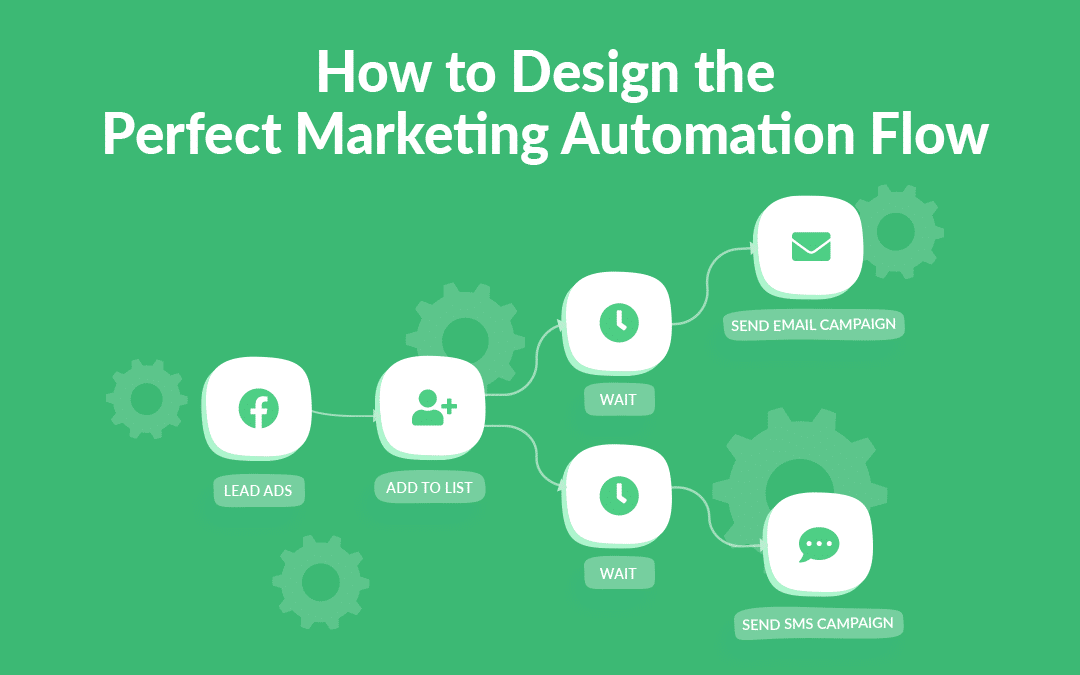
To get the most out of your automation investment, organizations should:
- Define clear goals and success metrics before launch.
- Map out customer journeys and align workflows accordingly.
- Ensure data integrity with regular audits and updates.
- Train both marketing and sales teams to use automation tools effectively.
- Start simple and scale gradually, adding complexity as teams gain proficiency.
Common Mistakes During Setup and Execution
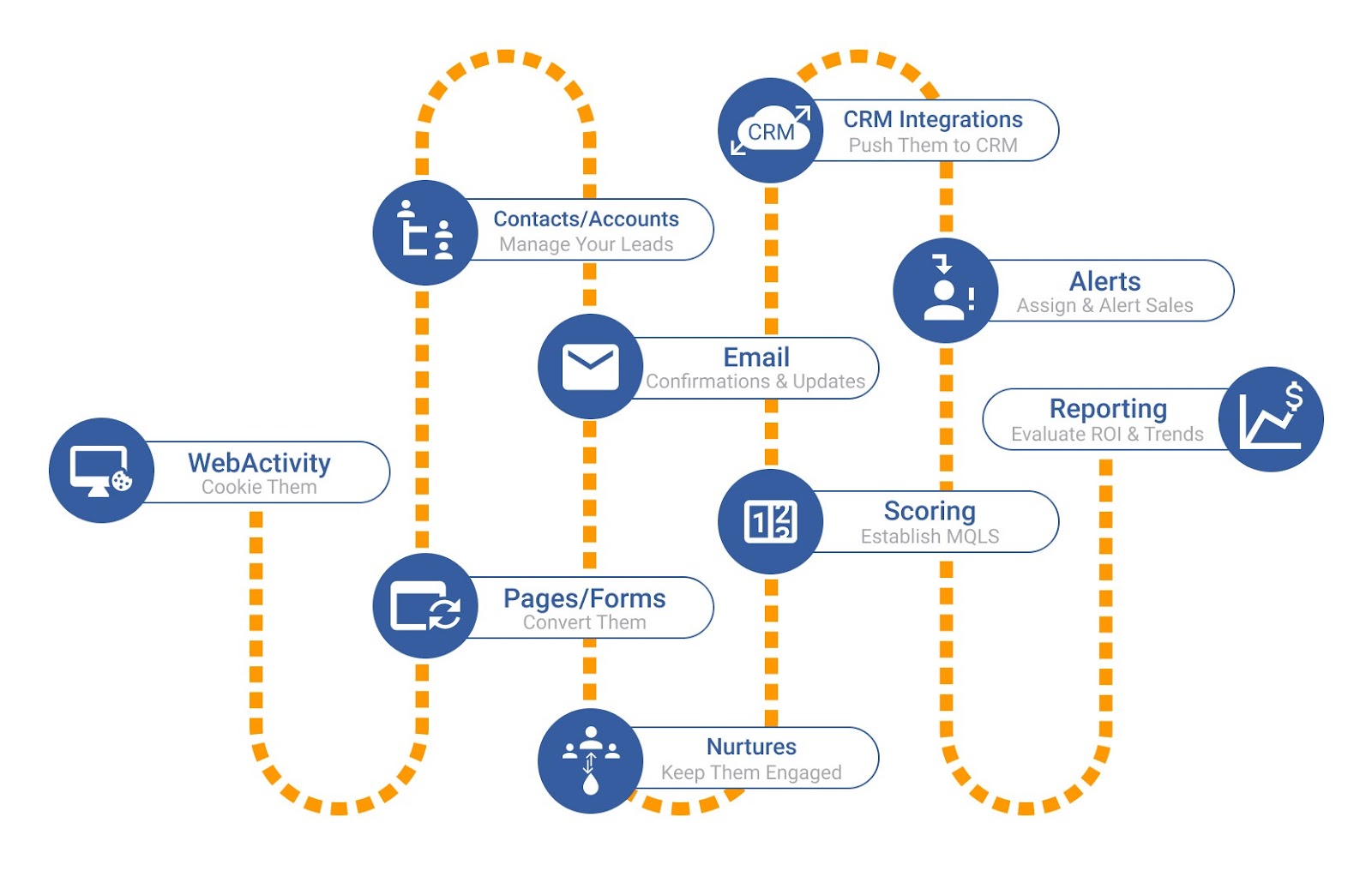
Many organizations encounter similar mistakes when deploying automation, such as:
- Underestimating the importance of clean, organized data prior to integration.
- Overcomplicating workflows, which can lead to errors and confusion.
- Neglecting to align automation strategy with overall business objectives.
- Failing to monitor and adjust campaigns based on analytics feedback.
Preventive Measures and Troubleshooting Tips
By proactively addressing common issues, teams can minimize disruption and maximize ROI:
- Regularly review workflow logic to catch redundancies or broken triggers.
- Segment audiences thoughtfully to avoid irrelevant messaging.
- Establish a clear process for updating contact data across systems.
- Document all processes and maintain open communication across teams.
Strategies for Ongoing Maintenance and Optimization
Continuous improvement is key to sustained automation success. Schedule periodic audits, monitor KPIs, and solicit feedback from users to identify areas for enhancement. Adopting a test-and-learn mindset allows organizations to refine strategies, embracing new features and technologies as they become available.
Closure
Embracing marketing automation with CRM integration is a game-changer for modern businesses. By streamlining your processes, leveraging data-driven insights, and personalizing every customer touchpoint, you position your company for consistent growth and stronger relationships. Stay ahead of the curve by investing in smart automation, and watch your marketing and sales teams thrive together in a truly connected ecosystem.
Questions Often Asked
What is the main advantage of combining CRM with marketing automation?
The main advantage is the seamless alignment between sales and marketing teams, enabling more personalized customer interactions, improved lead management, and better tracking of campaign effectiveness.
Can small businesses benefit from marketing automation with CRM?
Yes, small businesses can streamline repetitive tasks, efficiently manage leads, and utilize data insights to compete more effectively in their markets.
Is it difficult to integrate CRM with marketing automation tools?
Most modern platforms offer user-friendly integration options, and many providers offer onboarding support to simplify the setup process.
How do I measure the success of my marketing automation with CRM?
Track metrics like conversion rates, lead engagement, sales cycle length, and ROI using integrated dashboards to continually optimize your strategy.
What are common mistakes when implementing marketing automation with CRM?
Typical mistakes include poor data quality, lack of clear goals, overcomplicated workflows, and neglecting ongoing maintenance and training.

